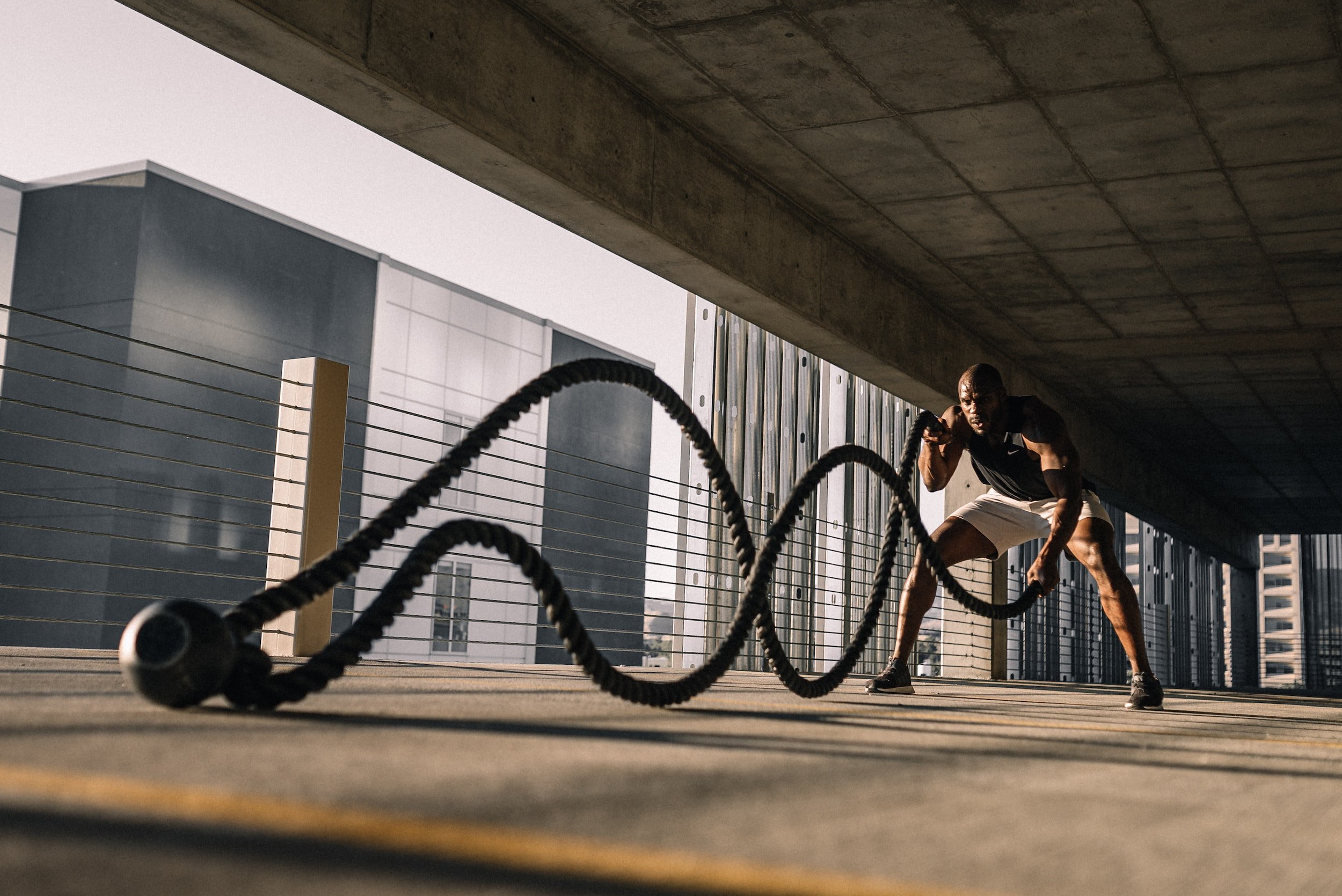BLOG
Neurosweat

Drawing towards the opposite
On our quest to realize our highest potential, we have to be willing to tune out the noise and draw our attention inward. This is where the 5th limb of yoga, pratyahara, comes in.

Embrace the suck
To grow in any capacity we have to do hard things. We can either run away from the duty and create resistance. Or, we can “embrace the suck.”

Allow self-confidence to emerge
Self-confidence in sport, specifically, is about tapping into your body’s inner intelligence to achieve a coordinated and powerful movement. If we apply this to running a business, it’s about quieting the chatty mind and critical voice, and allowing your leadership wisdom to shine through. When we dissect this further and consider Self 1 as the ego-mind and Self 2 as the body (including the brain and nervous system), we’re really referring to the ability of Self 1 to trust Self 2. As that trust is developed, so too is our self-confidence, which over time allows us to just do the damn thing . . . instead of always doubting and getting in our own way.

Positive thinking isn’t always better
Negative thinking gets a lot of nasty looks - and for good reason. It has a very real effect on one’s psychology and can become a self-fulfilling prophecy. But, what about positive thinking? Is it all that it’s cracked up to be?
Now, don’t get me wrong. In a head to head battle, positive thinking will beat negative thinking almost every time. The psychological and physical health research supporting positive thinking is pretty convincing.
But, there’s also a downside to positive thinking that’s not always discussed and the key is in the second word: thinking. This downside is most detrimental when we’re initiating an action or trying to perform in intense pressure situations.

Releasing self-judgment to perform better
How do we create a more harmonious relationship between Self 1 and Self 2? The first step is to practice non-judgment, particularly as directed to yourself. A judgmental thought is one that attaches a valence, such as positive or negative, to an event. The act of committing this thought takes away from the experience itself. It prevents us from experiencing the event as it is. How does that relate to Self 1 and Self 2? Well, a single judgmental thought can open Pandora's box. It’s the gateway for an entire sequence of thoughts, which quickly pulls us out of the present moment and our chance of pure, uninhibited performance. Let’s break down what happens when a judgmental thought enters your mind.

Introducing Self 1 and Self 2
In an effort to drop into peak performance more frequently, it’s helpful to have a broad understanding of what’s going on in the mind when we’re not in flow.
In his book, The Inner Game of Tennis, Timothy Gallwey introduces the reader to Self 1 and Self 2. Self 1 can be thought of as the ego-mind. It’s always thinking, always commenting, and incredibly judgmental. Self 2 is the body. It includes the unconscious mind and the nervous system. Self 1 is the “teller” and Self 2 is the “doer”. But, Self 2 is not subservient. It is actually very wise; it just doesn’t have a chance to do its thing because, well, Self 1 nags . . . a lot.
